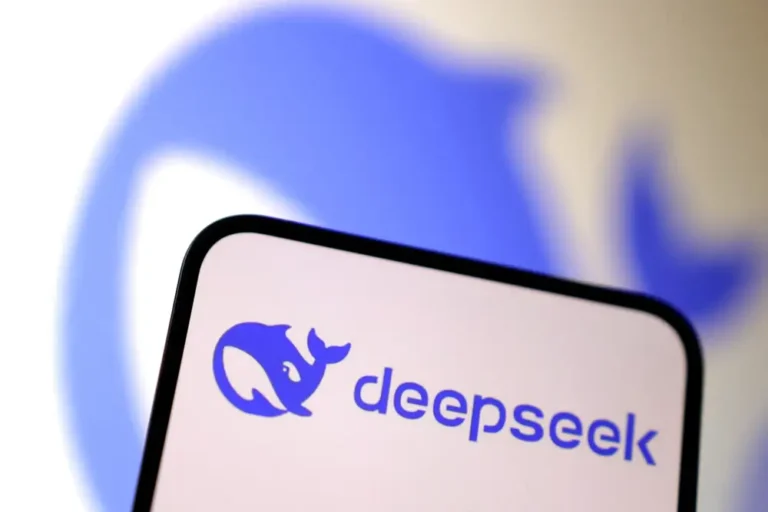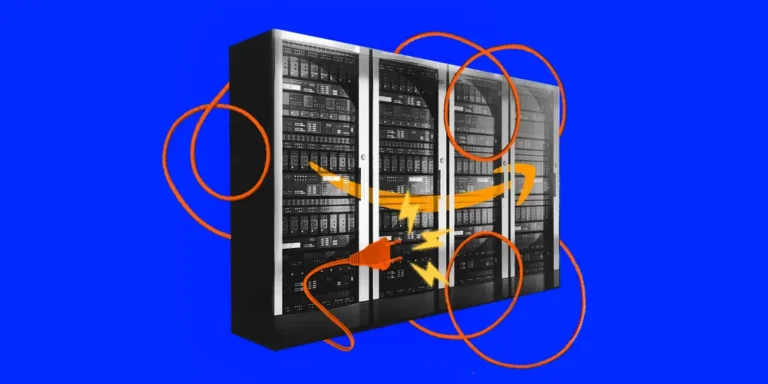OpenAI’s GPT-5 is coming out soon. Here’s what to expect, according to OpenAI customers and developers.

OpenAI CEO Sam Altman
The AI arms race continues apace, with OpenAI competing against Anthropic, Meta, and a reinvigorated Google to create the biggest, baddest model. OpenAI set the tone with the release of GPT-4, and competitors have scrambled to catch up, with some coming pretty close.
There’s a new variable in this fight, a looming storm that could wash away the competition or turn out to be a whole lot of nothing, and that’s GPT-5.
OpenAI has been hard at work on its latest model, hoping it’ll represent the kind of step-change paradigm shift that captured the popular imagination with the release of ChatGPT back in 2022.
“If OpenAI can deliver technology that matches its ambitious vision for what AI can be, it will be transformative for its own prospects, but also the economy more broadly,” Hamish Low and other analysts at Enders Analysis wrote in a recent research note. “Falling short could be fatal.”
The stakes are high for OpenAI, which is facing off against a growing list of wealthy, big-spending rivals. The analysts added that staying at the cutting edge of AI was key to the startup justifying itself to the big tech backers on which it depended.
How much better will GPT-5 be?
GPT-5 is certain to be more powerful than GPT-4. But will it be enough to set OpenAI — which is apparently hemorrhaging billions of dollars — apart from the increasingly impressive array of other AI models on offer?
Some of the potential customers for GPT-5 aren’t so sure.
“I don’t know if it’s going to feel as big,” said Jake Heller, the CEO and cofounder of Casetext, an AI-powered legal assistant that was recently acquired by Thomson Reuters.
Heller is already deploying GPT-4, along with other commercially available models, to help lawyers pore over discovery, evaluate contracts, and perform countless other tasks traditionally done by first-year associates for $500 an hour.
Heller said that for tasks such as these, going from GPT-3 to GPT-4 was like going from “grade school to undergrad,” a massive, game-changing shift. He expects GPT-5 to be more like going from undergrad to a PhD program — better for sure but not necessarily earth-shattering.
Multi-phase tasks
Heller’s biggest hope for GPT-5 is that it’ll be able to “take more agentic actions”; in other words, complete tasks that involve multiple complex steps without losing its way. This could include reading a legal fling, consulting the relevant statute, cross-referencing the case law, comparing it with the evidence, and then formulating a question for a deposition.
“Right now, I’d say the models aren’t quite clever enough,” Heller said. “You see sometimes it kind of gets stuck or just veers off in the wrong direction.”
If GPT-5 can be trusted to go off on its own and make reliable judgment calls about how to tackle multi-phase tasks, it may go from replacing a first-year legal associate to replacing a third-year associate or even a partner, which would make it much more valuable to someone like Heller.
A larger context window
Heller said he did expect the new model to have a significantly larger context window, which would allow it to tackle larger blocks of text at one time and better compare contracts or legal documents that might be hundreds of pages long.
He’s also excited about GPT-5’s likely multimodal capabilities — an ability to work with audio, video, and text interchangeably.
“I was literally just yesterday talking to a judge who said, ‘Well when are we gonna get the opportunity to pull in the police bodycam footage or CCTV of the crime scene and review that for evidence?’ So customers are definitely asking for it,” Heller said.
Will GPT-5 be worth the money
Most agree that GPT-5’s technology will be better, but there’s the important and less-sexy question of whether all these new capabilities will be worth the added cost.
“I don’t want to make that investment unless I feel really comfortable that the economics are gonna make sense,” said Hooman Radfar, the CEO of Collective, an AI-powered platform for self-employed entrepreneurs. Collective uses AI for things such as categorizing business expenses and analyzing tax implications.
He said he was constantly benchmarking his internal systems against commercially available AI products, deciding when to train models in-house and when to buy off the shelf. He said that for many tasks, Collective’s own models outperformed GPT-4 by as much as 40%.
But Radfar is excited for GPT-5, which he expects will have improved reasoning capabilities that will allow it not only to generate the right answers to his users’ tough questions but also to explain how it got those answers, an important distinction.
He’s also thinking about how much it will cost to run this fancy new model.
“Every time they come up with a model, we can rerun our tests and say, OK, is it up to par now?” Radfar said. “If it’s up to par, the next question is: Does the cost-per-token make sense? If it’s far enough away, I might just wait for another version.”
Already, many users are opting for smaller, cheaper models, and AI companies are increasingly competing on price rather than performance. It’s yet to be seen whether GPT-5’s added capabilities will be enough to win over price-conscious developers.






